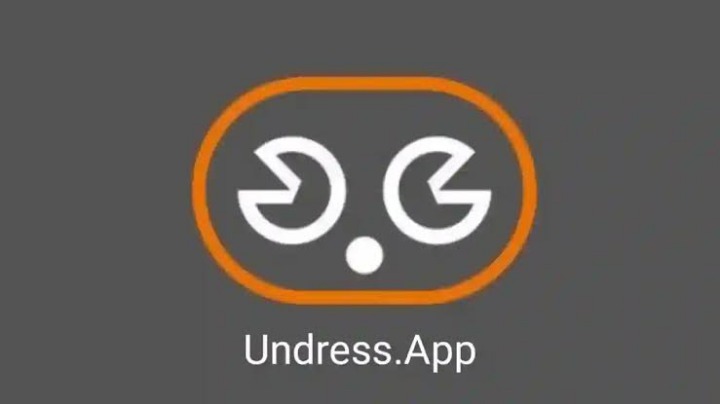Technology is evolving at a rapid pace and with it, Artificial Intelligence (AI) is pushing boundaries that were once deemed impossible. One of the most controversial advancements recently is Undress AI. This article explores its applications, ethics, and socio-cultural implications.
Read more about undress ai free here.
What is Undress AI?
Undress AI refers to sophisticated algorithms created to digitally remove clothing from images of people. This technology leverages deep learning and neural networks to synthesize realistic depictions of unclothed human bodies, even when the input images are fully clothed.
Technological Foundations
Deep Learning
Deep learning models play a crucial role in Undress AI. These models are trained on extensive datasets, enabling them to understand and replicate human anatomy and clothing textures accurately. The more data fed into the system, the more refined the output.
Neural Networks
Neural networks are equally vital. They mimic the human brain’s process of recognizing patterns, allowing the AI to predict what lies beneath the clothing in an image. By utilizing multiple layers of computation, the AI generates a plausible unclothed representation.
Uses and Misuses
The practical applications of this technology can be vast, yet they come with significant risks. In the fashion industry, Undress AI could aid designers in visualizing garment layers or testing new materials on virtual models. This would expedite the design process and reduce material costs.
However, the potential for misuse looms large. Despite its innovative aspects, Undress AI poses ethical concerns. Non-consensual use of this technology to create explicit materials infringes on privacy and generates a host of legal and moral issues.
Ethical Concerns
Privacy Violation
One of the primary concerns is privacy. When used maliciously, Undress AI can be employed to produce unauthorized explicit content, jeopardizing the individual’s privacy and reputation. The potential for harassment and blackmail is alarming.
Legal Oversight
Current legislation struggles to keep pace with rapid technological advancements. There is an urgent need for robust legal frameworks to regulate the deployment and use of such technologies. Without sufficient laws, victims of Undress AI misuse may find themselves with limited recourse to seek justice.
Socio-Cultural Impact
The introduction of Undress AI could also shift societal norms. Public perception of digital privacy may change, and there might be a growing skepticism towards digital authenticity. Additionally, this technology risks objectifying individuals and normalizing the invasive scrutiny of human bodies.
Efforts to navigate these concerns must involve multi-disciplinary collaboration—including technologists, ethicists, and lawmakers—to ensure that the deployment of Undress AI fosters innovation while safeguarding human dignity and rights.
Conclusion
As technological progress marches on, society must address the ethical, legal, and socio-cultural ramifications of innovations like Undress AI. With vigilant oversight and responsible use, it is possible to exploit the benefits while minimizing the risks associated with such a powerful tool.






